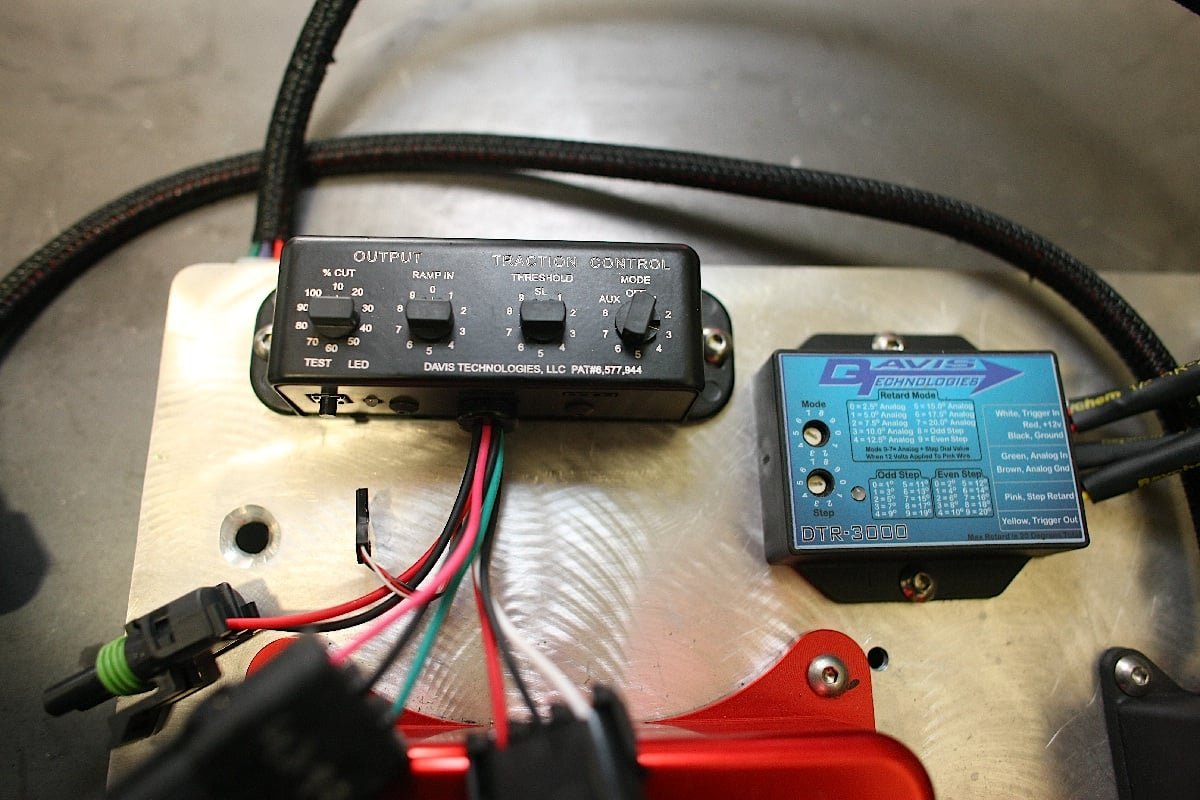“Harnessing the Power of Face Recognition” Technology has streamlined many aspects of our daily lives and made it effortless to access services or purchase products. With increased technological innovation, people have become more reliant on online platforms, making it hard to channelize who’s accessing services. Malicious actors with unethical intentions have become sophisticated in this digital era, using nefarious tactics to attain unauthorized access to services or systems.
Gone are the days when authenticating individuals was done by asking for passwords or checking physical documents. Know-your-customer (KYC) professionals are constantly looking for innovative technologies that can effectively streamline onboarding and authentication users in real time when trying to seek services. Biometric authentication comes forth as a secure and reliable alternative to traditional methods out of which face recognition is considered the most accurate ID verification method.
A Closer Look into the Rise of Harnessing the Power of Face Recognition
Facial recognition technology emerges as a shield against the rising threats of ID verification, accurately authenticating individuals based on their unique facial features. This automated technology uses advanced AI algorithms and deep learning models to accurately verify users and actively flag spoofed attempts or presentation attacks.
The advent of facial recognition technology has experienced a skyrocketing surge over the past few years, offering remarkable applications in various industries globally.
- Law enforcement uses facial recognition technology to identify missing persons, recognize potential criminals, and solve cold cases in crime investigations.
- Financial institutions deploy the technology during customer onboarding to know who their customers are and authenticate users when they’re making transactions and accessing other services.
- The healthcare sector is known to implement online face recognition to recognize genuine patients and direct medical services to deserving patients.
- Border control and access control largely use face recognition systems to authenticate individuals and flag unauthorized presence on the premises.
How Facial Recognition Technology Accurately Authenticates Users?
AI face recognition offers enhanced security and improves user experience by verifying identities in a matter of seconds and actively rejects fabricated identities by matching the claimed identity against the available datasets. Facial recognition technology uses deep learning particularly convolutional neural networks (CNNs) for precise face recognition. These neural networks are developed based on the intricate & complex functioning of the human brain, mainly deployed image recognition in authentication-based technology.
CNNs don’t just immediately verify the identity of users but undergo a series of steps to achieve accurate authentication.
- The mind agency, first and important, distinguishes a face from the casing, it resembles definitely zeroing in at the face from the given facet and isolating it from exclusive articles like basis or different stuff.
- whilst the face is recognized, it is additionally examined, and facial factors of the gave face, for instance, the distance between the eyes, the profundity of the mouth, the form of the facial shape, or the country of the nose are deciphered.
- The required facial features are extracted to construct a facial template, a mathematical expression of facial attributes.
- The facial template is matched against the registered identities to confirm the authenticity of the users and the claimed identity is also matched against the government databases to ensure that users don’t belong to any potential criminal network.
- More than 80 nodal points of the face are assessed and cross-referenced against available data to confirm the authenticity of the individual. If the face accurately matches the registered identity the user is granted access to the system, enhancing the integrity of security systems.
In What Ways Facial Recognition System Offers Benefits?
Facial recognition technology expedites the onboarding process and eliminates the need to manually check physical documents, adding an extra layer of security to KYC standards.
- It ensures that the person claiming identity or seeking access to services or systems is genuine, thus mitigating attempts of ID theft and other illegitimate activities. Actively flagging spoofed identities enhances the security of the online world and preserves the integrity of personal information.
- Users can confirm their identity from anywhere in the world in a matter of seconds, obviating the need to carry physical documents and undergo lengthy verification protocols. Facial recognition technology improves users’ experience and boosts safe onboarding.
- Automated process in AI facial recognition reduces the operational costs required for the verification process and dedicated resources are deployed to conduct necessary protocols.
AI facial recognition holds significant prospects, as advanced algorithms have the capabilities to learn and adapt to a vast amount of data and can enhance the accuracy and speed of overall verification.
Final Thoughts
Undoubtedly, facial recognition technology offers astonishing applications in ID verification & onboarding procedures, however, the technology comes with certain limitations. Privacy and ethical concerns are also provoked by its implementation, requiring solutions to establish clear & transparent policies to mitigate such challenges. In addition, bad actors largely deploy advanced technology to create highly realistic & convincing identities to evade biometric authentication systems. To detect manipulated digital identities, facial recognition solutions must integrate liveness detection to actively confirm whether the claimed identity is live or not.




